What's in a name? When it comes to pumpkins, not much.
The word pumpkin probably makes you think of a large, round orange specimen ready for carving, but any hard-skinned squash could be called a pumpkin—there’s no botanical distinction that makes a pumpkin a pumpkin.
There are hundreds of varieties of edible squash and pumpkins (2, below), which all fall into three main groups: Cucurbita moschata, C. maxima, and C. pepo. Most of what we think of as winter squash belongs to C. moschata and C. maxima, while most summer squash and inedible gourds (1, below) belong to C. pepo (though Delicata and acorn squash belong there, too).
Whether you’re choosing a pumpkin to eat or display, talk to your local farmers at the market about the best uses for different varieties.
And in either case, follow Elizabeth Schneider’s guidelines: Choose a rock-hard specimen (if you can scratch it with your fingernail, it's too young); leave behind any pumpkins with bruises or soft spots; and if it has a light patch from where it was growing on the soil, the patch should be a warm yellow or orange color rather than greenish.
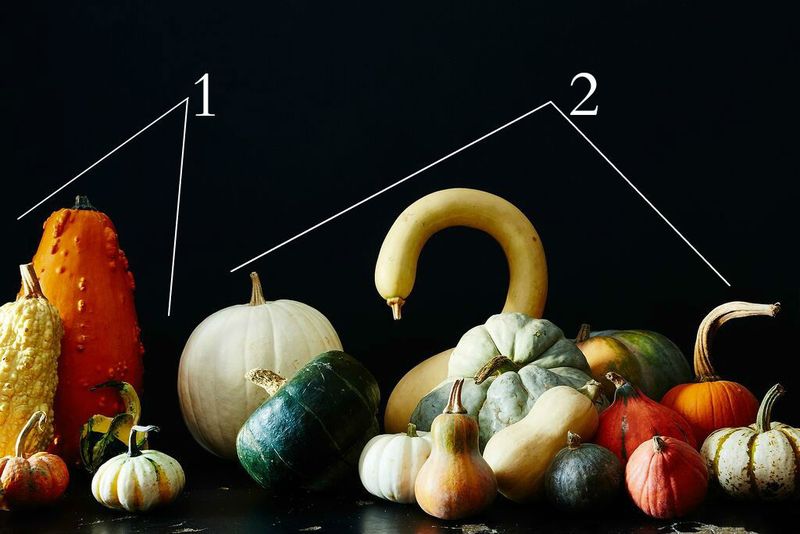
Gourds (1, above) aren’t just good for autumnal decorating of tables and front stoops. As Deborah Madison elaborates in Vegetable Literacy, even though they’re inedible, they’re often functional too. A few of the very wide-ranging uses she shares include: “water carriers, pipes, birdhouses, bowls, storage vessels, ladles, fishing floats, instruments, penis sheaths, and snuff boxes.” (They also make great fashion statements!)
It’s almost hard to follow up with edible pumpkins (2, above) after those, um, descriptive uses for gourds, but we’ll try. Even without a precise scientific definition, there are still a large number of winter squashes that are commonly identified as pumpkins. And because "pumpkin" is more fun to say than "hard-skinned winter squash," we’re calling all of the edible varieties we found at the farmers market pumpkins.
We've listed what cultivars we think they all are; let us know in the comments if you have other ideas as for what they might be:
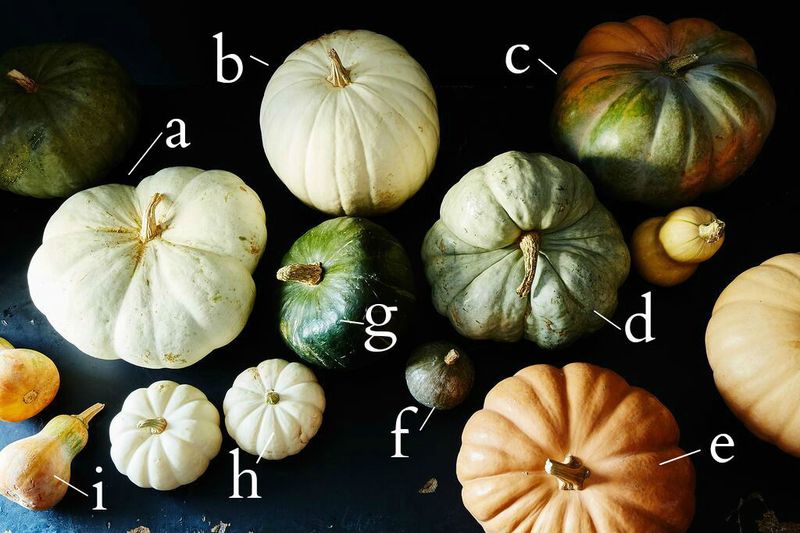
- a) Flat White Boer: just like the name says, it's white and it's flat
- b) Snowball: a round, white pumpkin
- c) Musquée de Provence: a traditional variety from Southern France
- d) Jarrahdale: a blueish-grey Australian heirloom
- e) Long Island Cheese: so named because it looks like a wheel of cheese
- f) Baby Blue Hubbard: a cross between a Buttercup and a Blue Hubbard
- g) Buttercup: you can't see from this angle, but this guy has a fun lighter green cap on its underside
- h) Casperita: these little ones are often only used as decoration, but now you know you can eat them, too
- i) Honey Nut: the adorable, single-serving sized version of a butternut
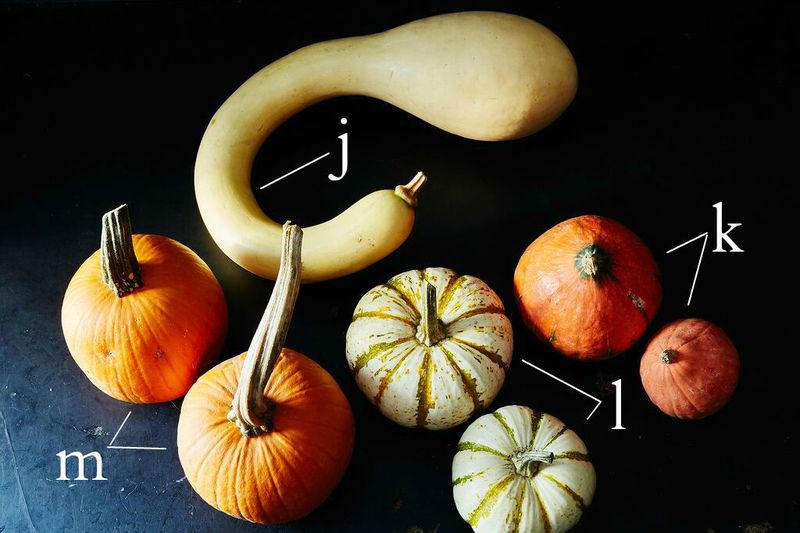
- j) Tromboncino: this can be harvested at any time; prepare it like summer squash when it's younger and like winter squash when it's more mature
- k) Small Red Kuri squash (a Japanese variety; tear drop-shaped with rich golden flesh) and a Golden Nugget (the larger one; the sweet orange flesh is best enjoyed after a month or more of storage)
- l) Sweet Dumplings: these are white and green striped, but change to butter-yellow and orange striped if stored
- m) Small Sugar pumpkins: this is the type to try making your pumpkin purée with
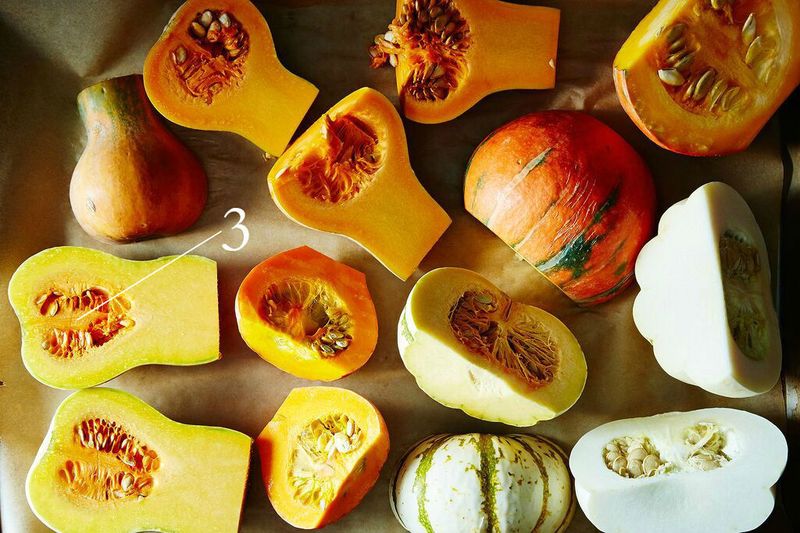
Regardless of whether you're planning to carve or eat your pumpkin, don’t toss the innards from any edible variety. Everyone loves roasted pumpkin seeds, and Deborah Madison recommends putting pumpkin guts (both the seeds and the fibers; 3, above) to use by making stock. This works even if you already roasted your pumpkin, too—just add the cooked skin!
And in case you're wondering what we did with all of these pumpkins, we turned them into Paul Virant's Pumpkin Butter, naturally. Here are a few more ideas...
Salted Pumpkin Crème Brûlée
Classic crème brûlée, with a fall-inspired twist. This custardy dessert calls on pumpkin puree—which you caramelize first, instead of using it straight from the can—and an assortment of seasonal favorites, like cinnamon, nutmeg, and ginger. The result is luxuriously creamy, salty-sweet, and perfectly pumpkin-spiced.
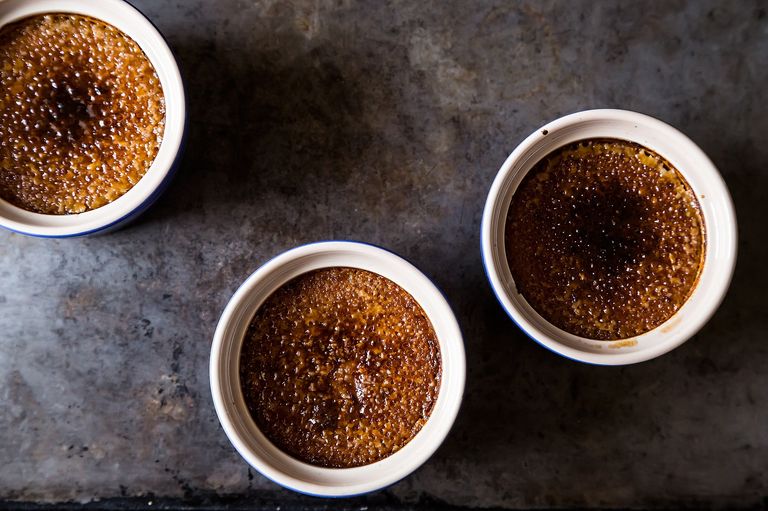
Autumn Apple & Pumpkin Galette
Apple galettes are a favorite throughout the summer and fall, but the addition of canned pumpkin makes this one feel especially appropriate for the chillier months. Cinnamon, nutmeg, and ginger pop up here again for warmth and balance, and dried cranberries make a surprise appearance for a hint of tart sweetness.
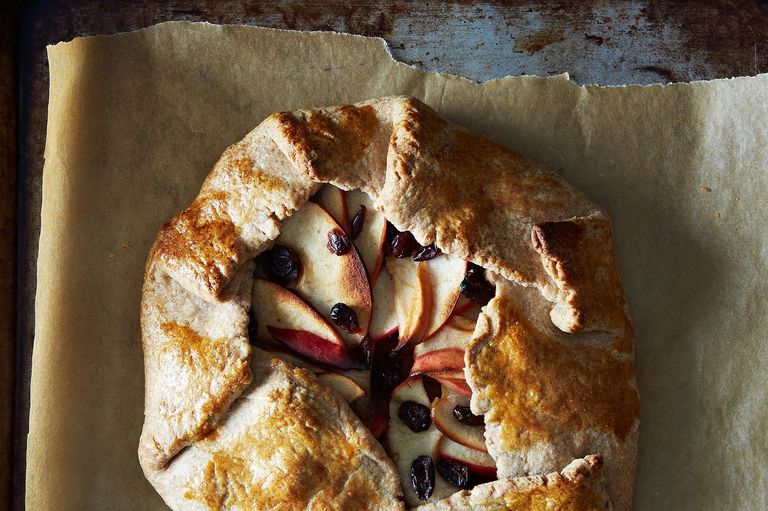
Cheese Fondue Stuffed Roasted Pumpkin
As if a pot full of melty cheese weren't dreamy enough, this one comes together in a showstopping vessel: a whole roasted sugar pumpkin. The cheeses, cream, nutmeg, and breadcrumbs all bake together inside the pumpkin till they're gooey and ready for dipping (or eating with a spoon); the aroma is heavenly.
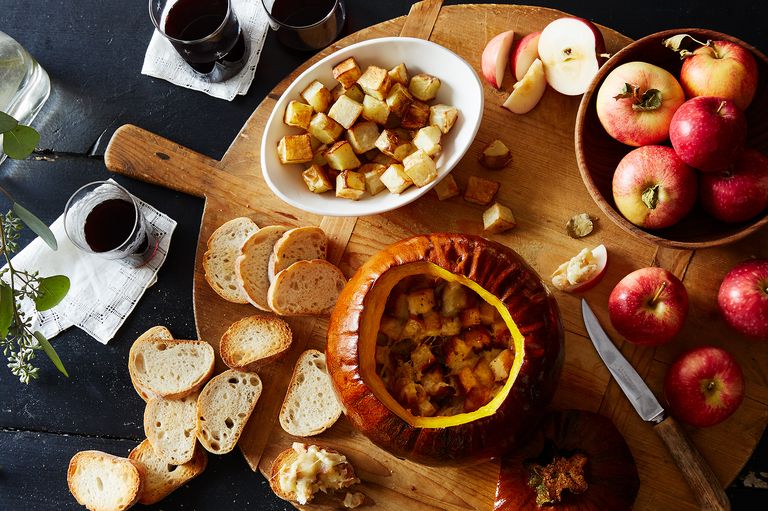
Short Rib & Pumpkin Chili
This chili has a long list of ingredients, but don't let that fool you into thinking it's a complicated recipe to pull off. Once each component—from the spice blend to the tender short ribs—is prepped, you just let everything bubble and simmer in the oven.
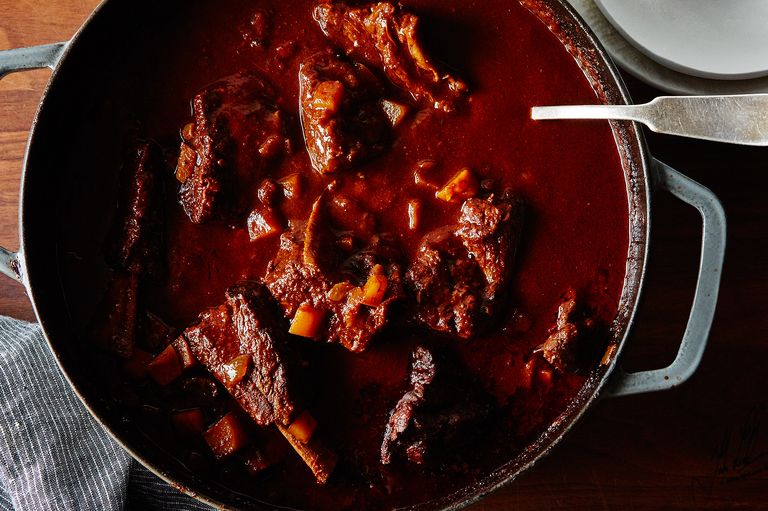
Pumpkin Beer & Goat Cheese Soup
Freshly pureed roast pumpkin is the silky base of this cool-weather soup, while your favorite pumpkin ale, goat cheese, and spices bring on the flavor.
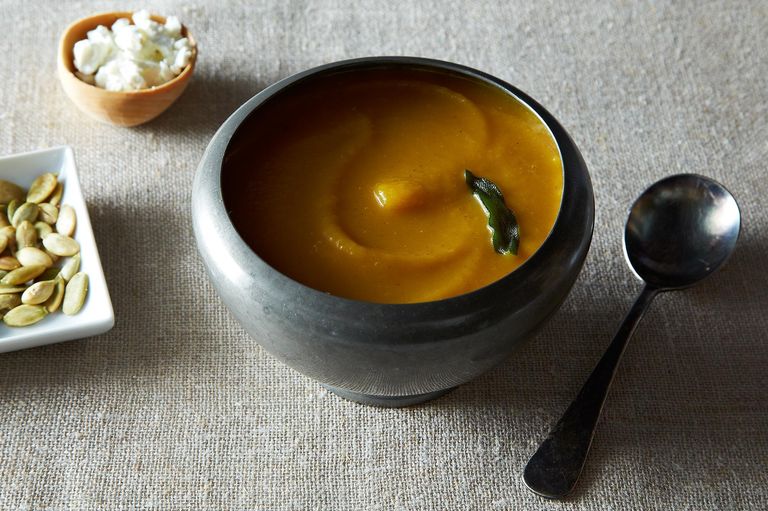
Watch: How to Make Pumpkin Pie With a Gingersnap Crust
Tell us: What's your favorite kind of pumpkin?











See what other Food52 readers are saying.